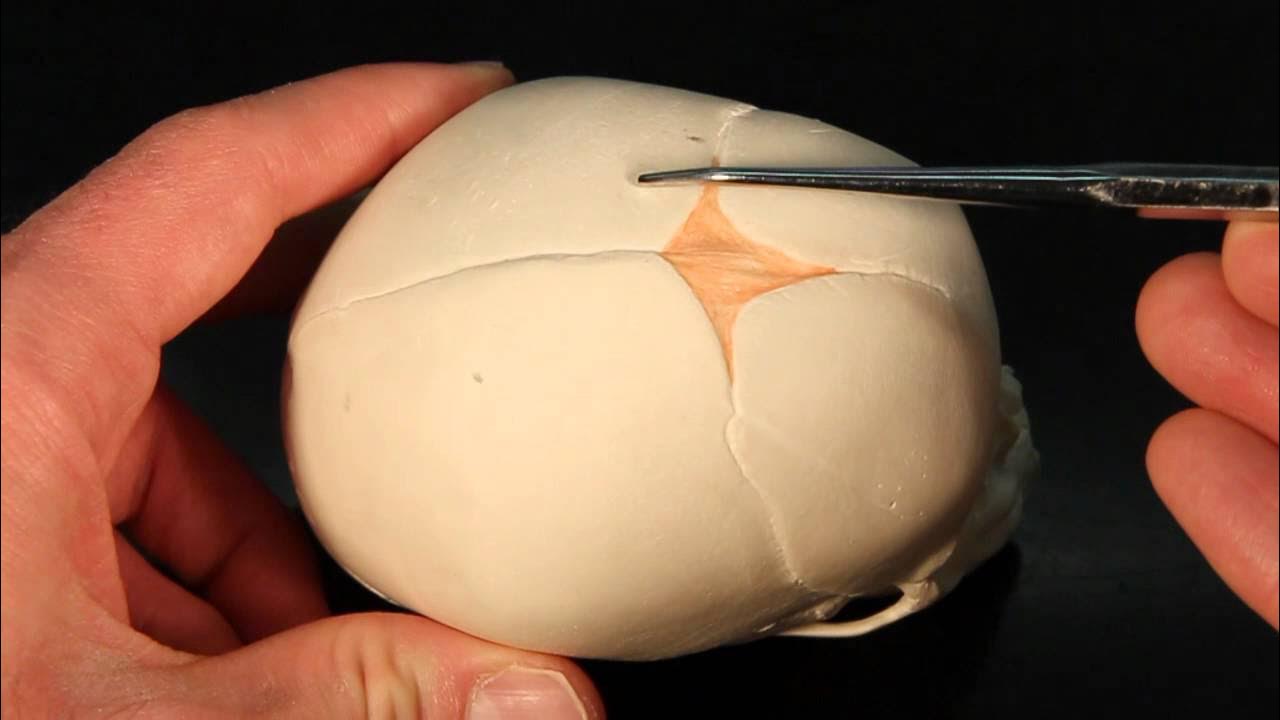FETAL SKULL | Bones | Sutures | Diameters | Fontanels | Anatomy | OBG Lecture | The Nurses Station
Summary
TLDRThis video discusses the anatomy of the fetal skull, focusing on its bones, regions, sutures, fontanels, and diameters. It explains the skull's significance during childbirth, highlighting how its bony structure can pose challenges while also being somewhat compressible. The video details the various areas of the skull, including the vertex, face, occiput, and base, as well as the key sutures and fontanels. Finally, it covers the different diameters of the skull, which play crucial roles in the birthing process depending on the baby's head position.
Takeaways
- 💡 The fetal skull is larger in proportion to the body and is the most challenging part to pass through the mother's pelvis due to its hard bony nature, though it is somewhat compressible.
- 🔍 The skull is divided into zones of obstetrical importance: vertex, face, brow, and occiput, each with specific boundaries and landmarks.
- 🦴 The skull bones include two frontal bones, two parietal bones, one occipital bone, and two temporal bones, each with unique features and functions.
- 🤕 The sutures of the skull are non-fused membranes that allow for the gliding movement of bones during childbirth, a process known as molding.
- 🔗 The obstetrically important sutures include the frontal, sagittal, coronal, lambdoid, and squamosal sutures, which facilitate the molding of the skull during delivery.
- 💠 Fontanels are wide gaps in the suture lines, with the anterior fontanelle (bregma) and posterior fontanelle (lambda) being of particular obstetric importance.
- 💎 The anterior fontanelle is diamond-shaped with approximate diameters of three centimeters, while the posterior fontanelle is triangular and about 1.2 centimeters in size.
- 🧠 The fetal skull's engaging diameter depends on the degree of head flexion, with different diameters engaging in various presentations such as vertex, face, or brow.
- 📏 The suboccipitobregmatic diameter is crucial for complete head flexion in vertex presentation, measuring 9.5 centimeters.
- ⏳ The anterior fontanelle ossifies by 18 months after birth, and failure to do so by 24 months is considered pathological.
Q & A
What is the significance of the fetal skull's shape and size during childbirth?
-The fetal skull is larger in proportion to the fetal body and is the most difficult part of the baby to pass through the mother's pelvic canal due to its hard, bony nature. However, it is compressible to some extent, which is crucial during childbirth.
How is the skull divided into zones of obstetrical importance?
-The skull is divided into several zones: the vertex, the anterior fontanelle (bregma), the posterior fontanelle (lambda), the occiput, and the base. Each zone has specific boundaries defined by sutures and bony landmarks.
What are the key bones that form the fetal skull?
-The key bones include two frontal bones, two parietal bones, one occipital bone, and two temporal bones. Each plays a role in the structure and function of the fetal skull.
What is the role of sutures in the fetal skull during childbirth?
-Sutures are the immovable fibrous joints between the bones of the skull. They allow for some degree of compression and gliding of one bone over another, known as molding, which facilitates the passage of the skull through the birth canal.
What are fontanels and why are they important in obstetrics?
-Fontanels are wide gaps in the suture lines that allow for the bones of the skull to move and overlap during childbirth. The anterior and posterior fontanels are of particular obstetric importance.
What is the shape and size of the anterior fontanelle?
-The anterior fontanelle is diamond-shaped and is formed by the joining of four sutures. Its anteroposterior and transverse diameters measure approximately three centimeters each.
How does the posterior fontanelle differ from the anterior fontanelle in shape and size?
-The posterior fontanelle is triangular in shape and is formed by the junction of three suture lines. It measures about 1.2 by 1.2 centimeters, which is smaller than the anterior fontanelle.
What are the different diameters of the fetal skull and their significance during labor?
-The fetal skull's diameters include the suboccipitobregmatic, submentovertical, occipitofrontal, mentovertical, and submentovertical. These diameters determine the ease of the fetal head's passage through the birth canal depending on the degree of head flexion and presentation.
What is the suboccipitobregmatic diameter and its measurement?
-The suboccipitobregmatic diameter extends from the nape of the neck to the center of the bregma and measures 9.5 centimeters. It is the engaging diameter in case of complete flexion of the head and vertex presentation.
What is the biparietal diameter and its significance in labor?
-The biparietal diameter measures 9.5 centimeters and extends between two parietal eminences. It nearly always engages during labor, regardless of the position of the head.
Outlines

هذا القسم متوفر فقط للمشتركين. يرجى الترقية للوصول إلى هذه الميزة.
قم بالترقية الآنMindmap

هذا القسم متوفر فقط للمشتركين. يرجى الترقية للوصول إلى هذه الميزة.
قم بالترقية الآنKeywords

هذا القسم متوفر فقط للمشتركين. يرجى الترقية للوصول إلى هذه الميزة.
قم بالترقية الآنHighlights

هذا القسم متوفر فقط للمشتركين. يرجى الترقية للوصول إلى هذه الميزة.
قم بالترقية الآنTranscripts

هذا القسم متوفر فقط للمشتركين. يرجى الترقية للوصول إلى هذه الميزة.
قم بالترقية الآن5.0 / 5 (0 votes)






